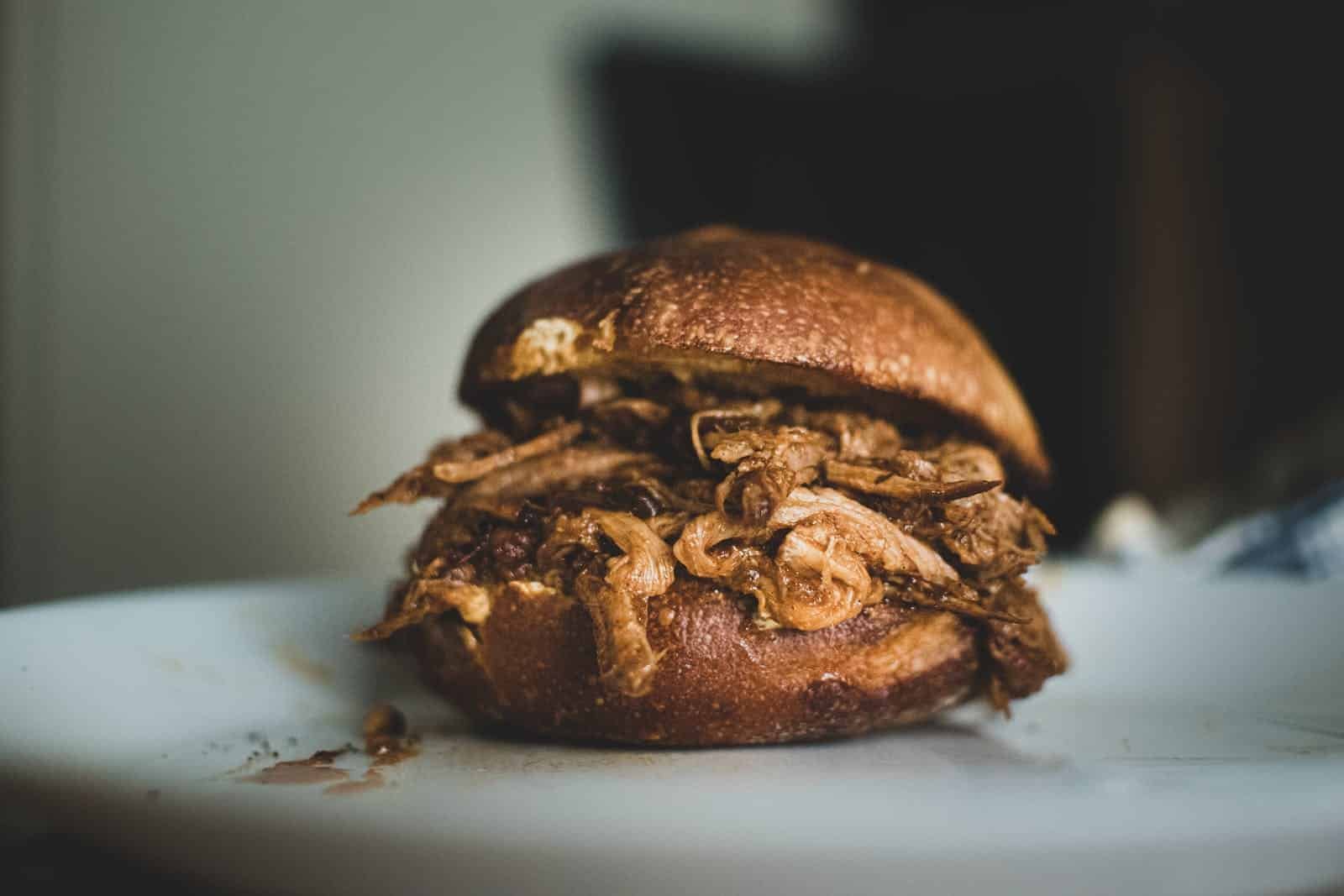If you’re anything like me, you love the savory, smoky flavors of perfectly cooked pulled pork. But, as much as we’d like to, we can’t always eat it all in one sitting—no matter how much our taste buds beg us to.
This is where food safety comes into play, and today we’re going to talk about how to store that scrumptious pulled pork properly so that you can enjoy it to the fullest without sacrificing safety or flavor. We’ll dig into the nitty-gritty of fridge life for your pulled pork, and I’ll share some tips and facts (backed by our trusty pals at the CDC and FDA) to help keep you and your family safe. Let’s get started!
First things first: why is proper storage so important? Well, as soon as your pork is cooked and begins to cool, it enters a temperature range known as the “danger zone.” According to the FDA, this is between 40°F and 140°F (4°C and 60°C), where bacteria can grow rapidly. To keep your pulled pork safe, you need to ensure it spends minimal time in this risky range.

So, how long does pulled pork last in the fridge? The USDA states that cooked pork should be eaten within three to four days when stored in the refrigerator at or below 40°F (4°C). However, if you’ve got a mountain of pulled pork, and you’re wondering if you can stretch that timeline a bit, here’s the deal: don’t. It’s better to be safe than sorry when it comes to food safety.
Here’s how to store your pulled pork to maximize freshness and safety:
If you realize that there’s no way you’ll finish your pulled pork within four days, freezing is a fantastic option. The CDC states that frozen cooked meat should be safe indefinitely, but for quality purposes, try to use it within two to three months.
When freezing pulled pork:
When you’re ready to enjoy your stored pulled pork, make sure you reheat it to an internal temperature of 165°F (74°C), as recommended by the FDA. This will kill any potential bacteria that may have started to develop.
Use these methods for best results:


